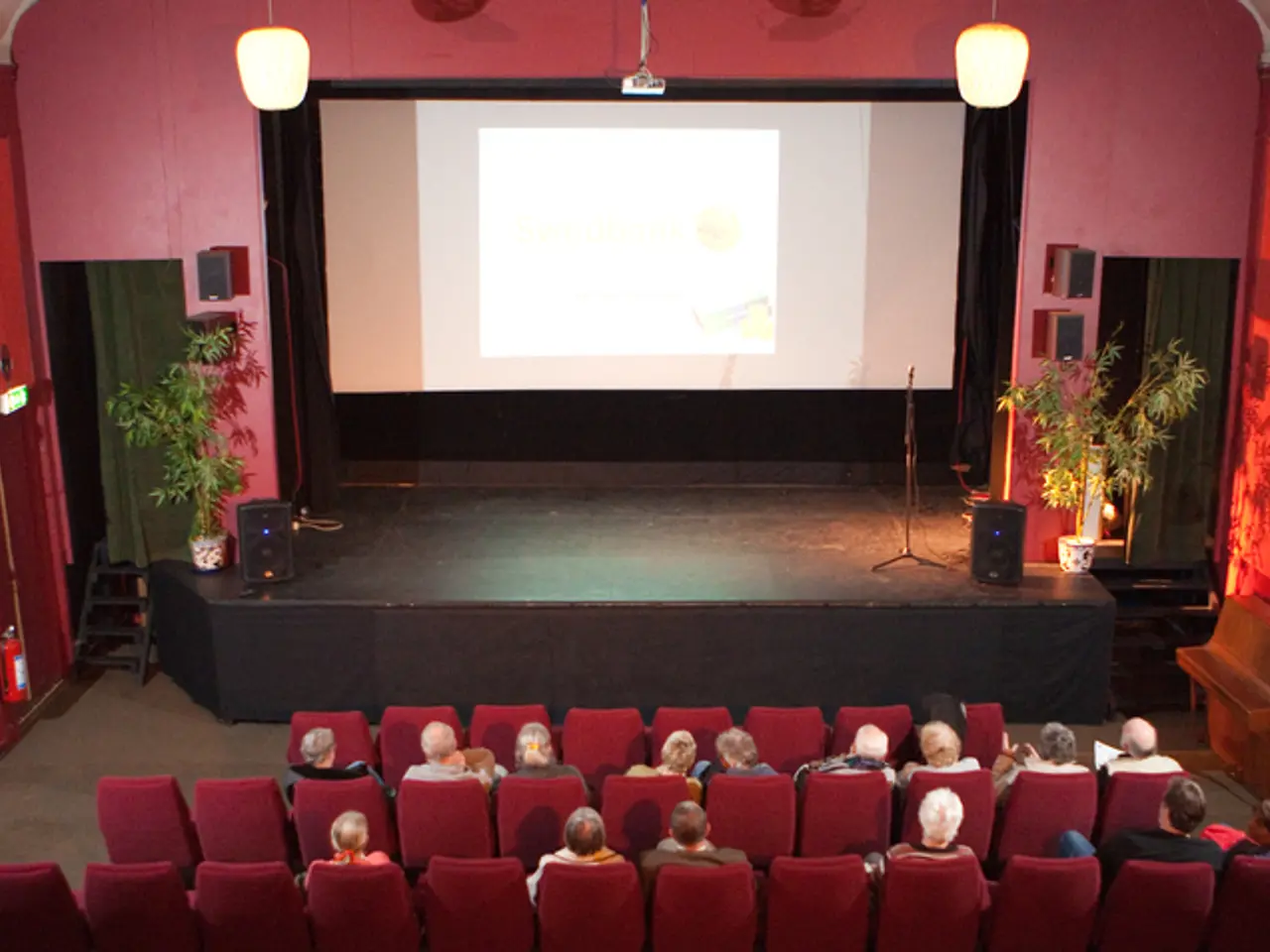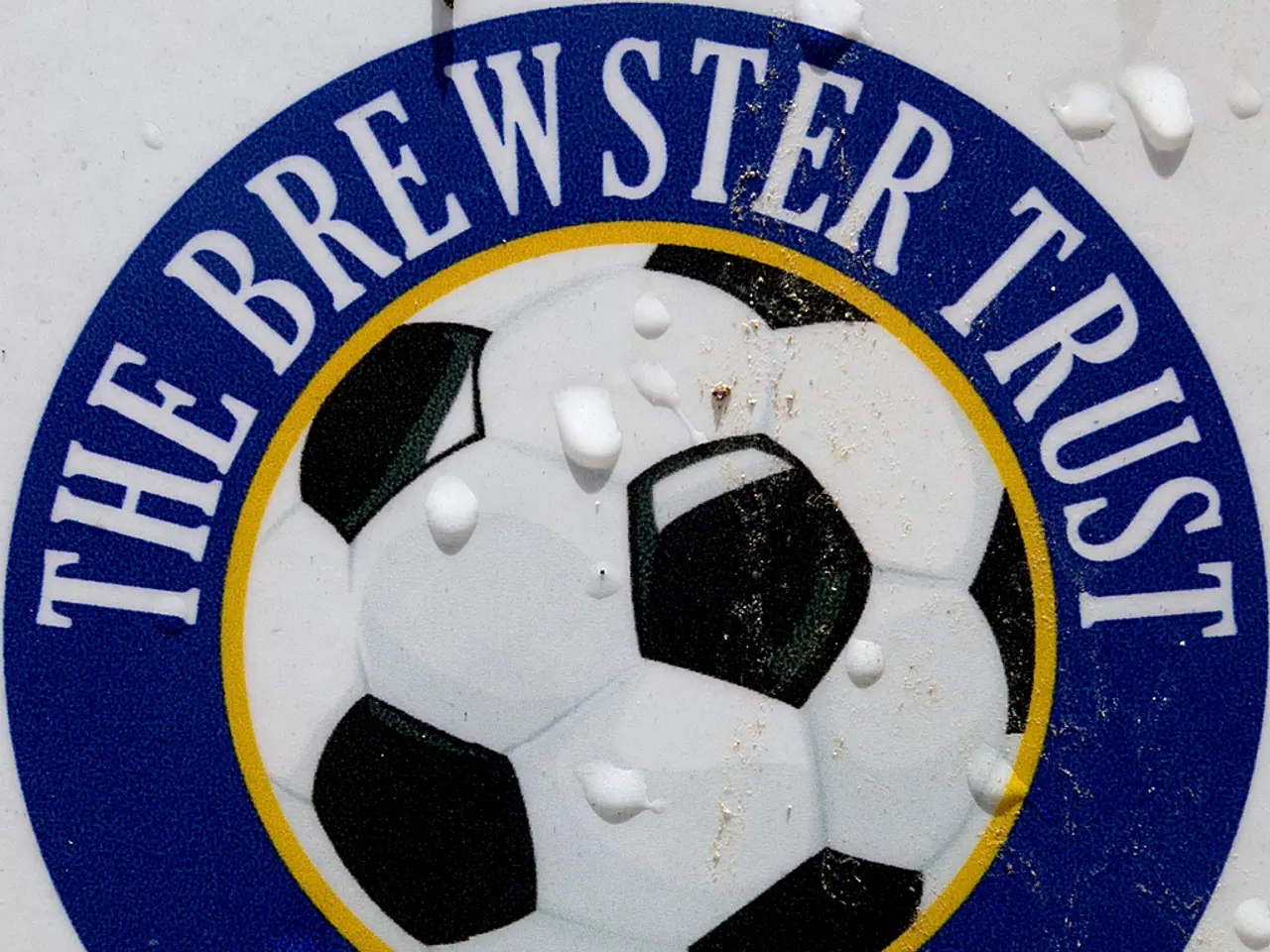Captivating Strategies for Grabbing a User's Attention
In a world where self-publishing has become increasingly popular, standing out among the sea of books can be a daunting task. Author J.U. Scribe believes that four key elements are what initially draw most readers to a story. These elements, when executed well, can make a book irresistible.
First Impressions Matter
A book's cover and title are often the first things potential readers see. An eye-popping cover, with attractive characters, can attract readers, while an amateurish cover can detract from the book's appeal, even if the blurb is captivating. The first few lines of a book are crucial for hooking the reader, and a weak introduction can cause them to drop the book, even if the cover is eye-catching.
The Importance of Characters
Creating unique and well-developed characters is essential in books. The author advises writers to create characters that they themselves would want to meet. An interesting premise or plot is important in attracting readers, but it is the characters that keep them engaged.
Setting Up the Inciting Incident
The inciting incident that propels the main plot forward should be set up in the beginning of the book. Questions should be raised in the beginning to keep the reader's interest, and the tone of the book should take shape, giving the reader an idea of what to expect.
Building an Author Platform
To attract readers to a self-published book, key common elements and best practices include building an author platform and email list, leveraging book reviews, planning a strategic book launch, running promotions and giveaways, developing a strong, consistent author brand, engaging with influencers and local communities, crafting a compelling book blurb, and using quality visuals.
Targeting a Niche Audience
Instead of aiming for mass appeal, focus marketing efforts on a smaller, well-defined fan base likely to appreciate your work. Tailor messaging to that audience's tastes and preferences for higher engagement and loyalty.
J.U. Scribe, the author of "Before the Legend", did not discuss all factors that affect book choices in the article. However, these four elements are what initially draw him in, even if he is unfamiliar with the author or the book. Failing to hook the reader by the first page can lead to them dropping the book, and a detailed post was done on one of his favorite characters from a popular dystopian novel. A catchy title can pique a reader's curiosity, and a well-written book blurb can significantly affect sales conversions.
In conclusion, when all four elements (blurb, cover, introduction, and hook) are executed well, the book becomes irresistible. By following these tips, self-published authors can increase their chances of success in the competitive world of publishing.
Entertainment plays a significant role in captivating readers initially. An enticing blurb that sparks curiosity and a catchy title can lure readers in. Furthermore, a captivating cover design with an intriguing introduction can effectively hook readers, encouraging them to delve deeper into the book's pages.








